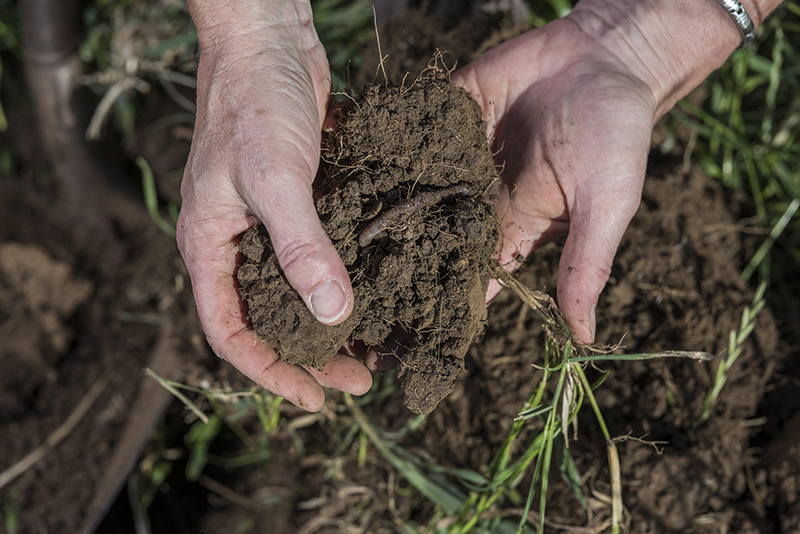
What is Regenerative Agriculture?

Regenerative Agriculture is an approach to farm and ranch management that aims to reverse climate change through practices that restore degraded soils. By rebuilding soil organic matter and soil biodiversity we significantly increase the amount of carbon that can be drawn down from the atmosphere while greatly improving soil fertility and the water cycle. Practices involved in Regenerative Agriculture include no-till/minimum tillage techniques, the use of cover crops, crop rotations, compost, and animal manures, the inoculation of soils with composts or compost extracts to restore soil microbial activity, and managed grazing. Read a more detailed description of Regenerative Agriculture and the practices involved in this paper by the Regenerative Agriculture Initiative and the Carbon Underground. (PDF)
The official definition of Regenerative Agriculture has evolved and will continue to evolve as research and practice informs best practices for building healthy soil, sequestering carbon, and growing more topsoil rapidly for present and future generations. In 2017, representatives from over 100 countries, including virtually all areas of food production, manufacturing, retailing and soil science came together on a unified definition for this quickly emerging approach to growing food while addressing some of the biggest challenges in our time. Read the press release they produced here. (PDF)
Learn more! We have an entire section of this website devoted to helping people get started in regenerative agriculture—all of it for free!
Get Started in Regenerative Agriculture!(opens in new window)
